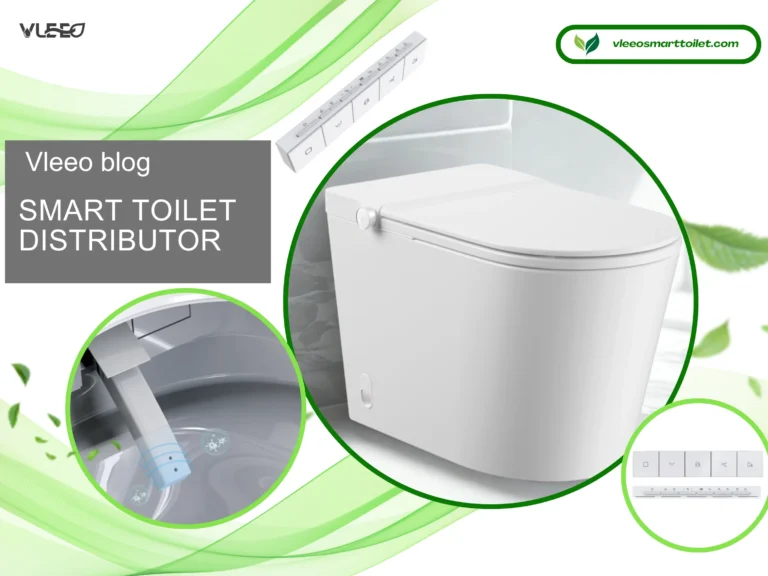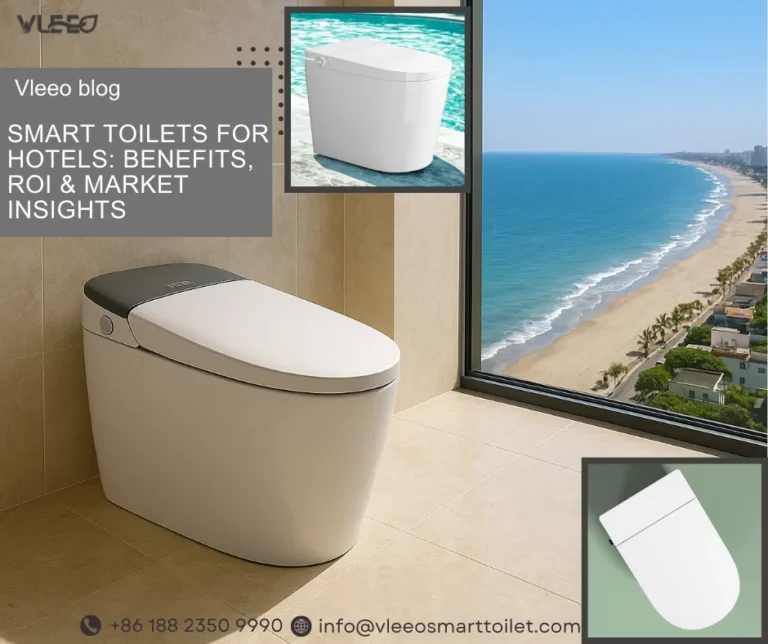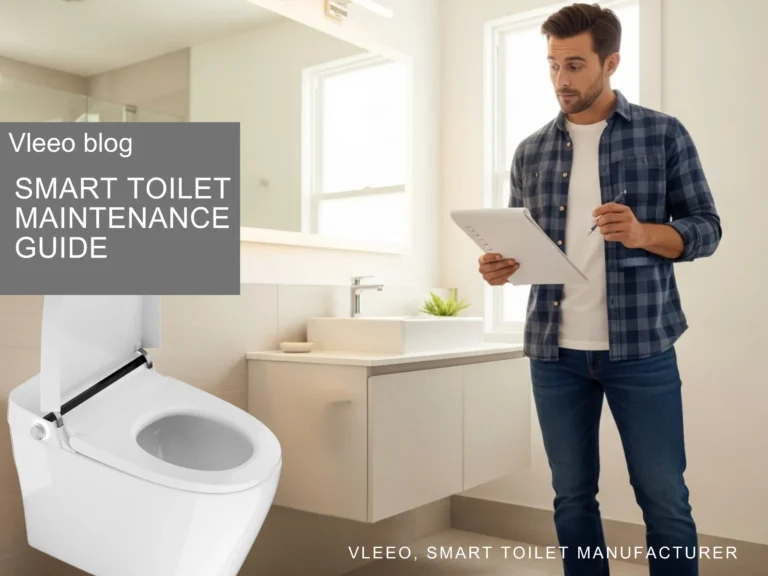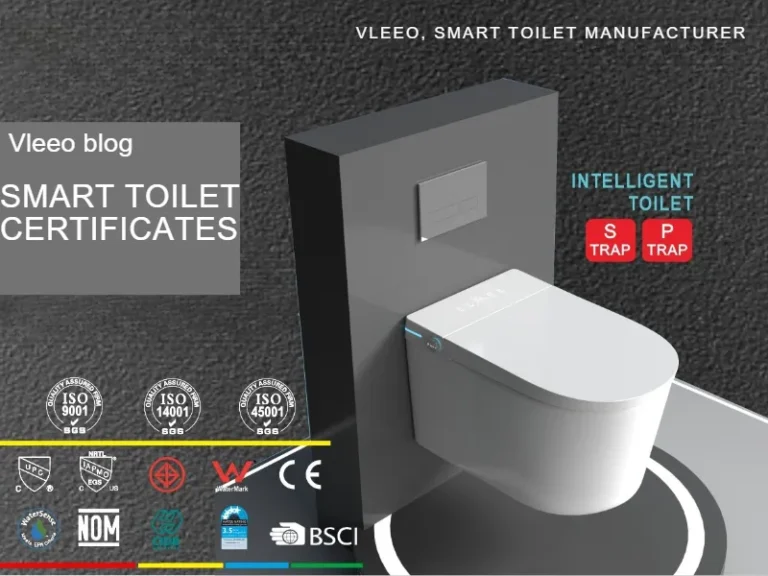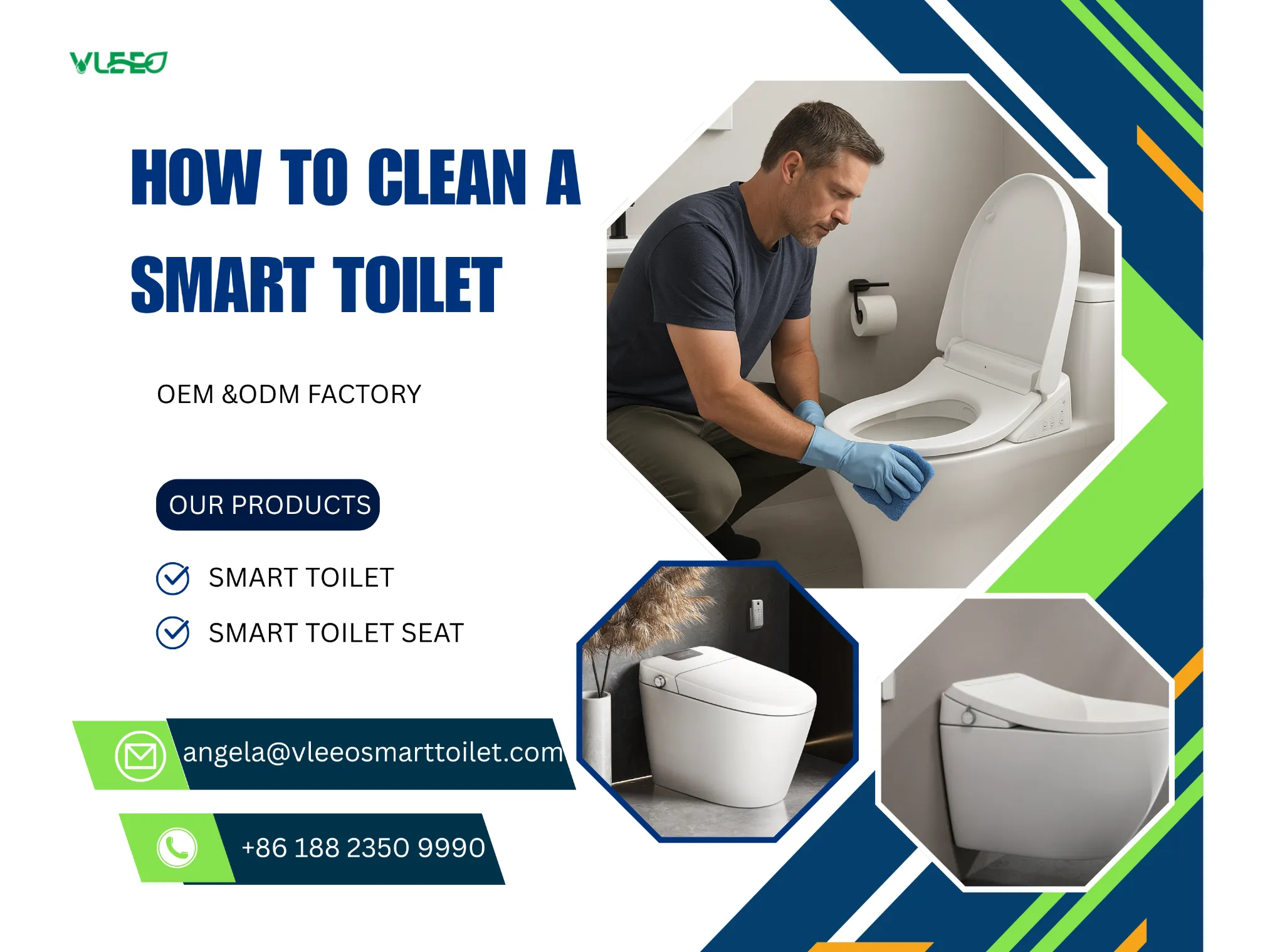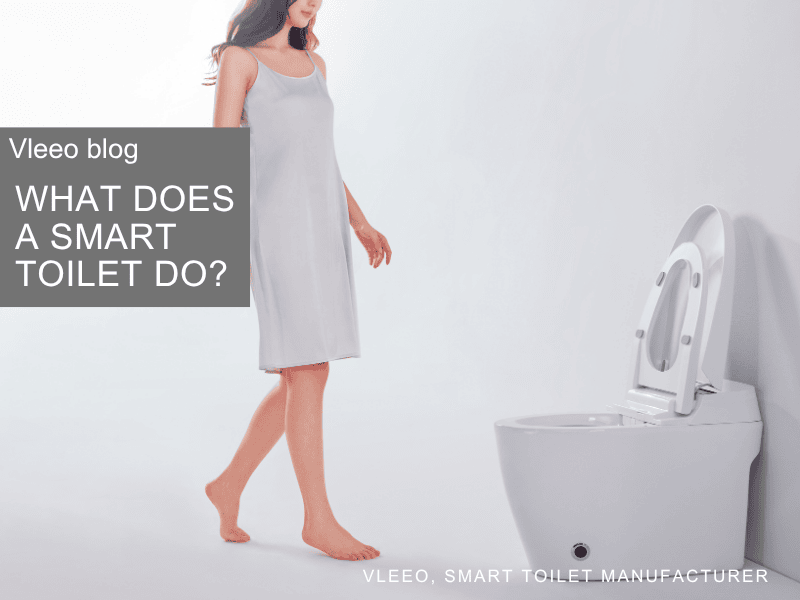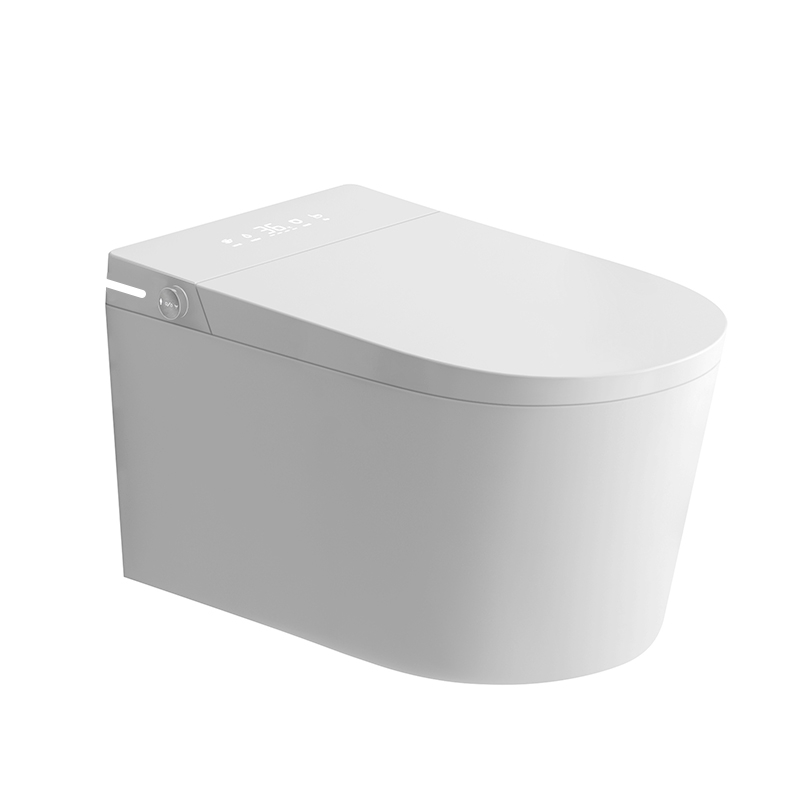-
Guxiang Town, Chaozhou City,Guangdong Province, China
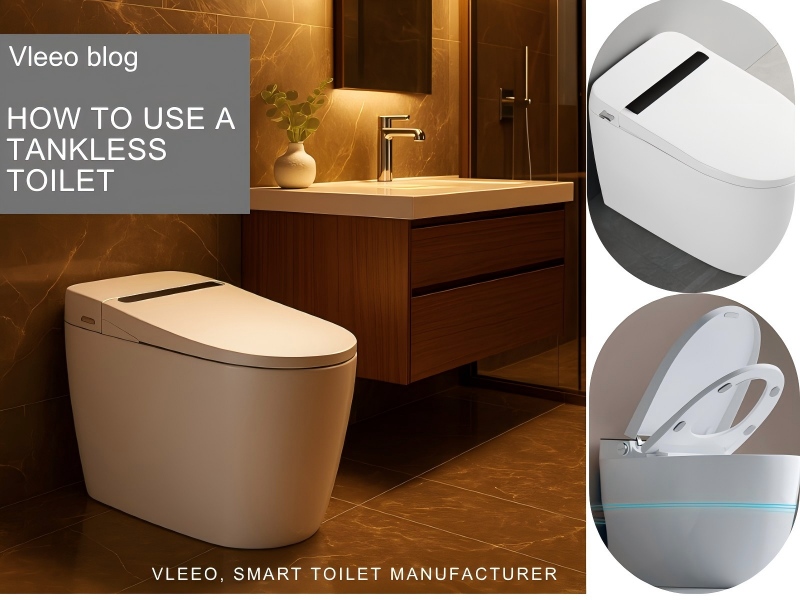
How does a Tankless Toilet Work: A Practical Guide for Modern Bathrooms
Bathrooms have come a long way from being just functional spaces.
Today, they’re about efficiency, design, and even technology.
And at the heart of this evolution is one innovation — the tankless toilet.
Whether you’re renovating a home, designing a hotel, or developing a commercial project, knowing how a tankless toilet works (and how to use it right) can make all the difference.
1. What Is a Tankless Toilet?
A tankless toilet is exactly what it sounds like — a toilet without a traditional water tank.
Instead of relying on stored water, it connects directly to your building’s water supply line and uses pressurized water or an electric pump to flush waste efficiently.
How it differs from traditional toilets
- No bulky tank – sleek, compact, and space-saving.
- Instant flush – no waiting for a tank to refill.
- Modern look – clean lines that fit minimalist bathrooms.
- Efficient operation – optimized water use every time.
Many modern tankless toilets also come with smart features like automatic flushing, heated seats, bidet functions, and deodorization systems — merging technology with hygiene.
2. How Does a Tankless Toilet Work?
Traditional toilets use gravity: you flush, the water in the tank flows down to clear the bowl.
Tankless toilets skip the waiting game. They rely on direct water pressure or a small electric booster pump to deliver a powerful flush.
Here’s a simplified breakdown:
- You press the flush button or activate a sensor.
- The water valve opens immediately.
- Pressurized water flows directly from the supply line into the bowl.
- Waste is cleared swiftly and efficiently.
- The system resets instantly — ready for the next use.
This makes it ideal for places with multiple users — like office buildings, hotels, and schools.
Many systems also include dual-flush modes, allowing users to select a lighter flush for liquid waste, saving more water.
3. Advantages of a Tankless Toilet
Tankless toilets are more than just modern décor — they’re practical investments.
Let’s break down the benefits that matter most for property owners, distributors, and importers.
a. Space-Saving Design
No water tank means a smaller footprint.
That’s especially valuable in compact bathrooms, apartments, or commercial restrooms.
b. Sleek and Modern Aesthetics
A tankless toilet’s minimalist silhouette makes it ideal for contemporary projects.
Developers love them for luxury apartments and hotels where clean design sells.
c. Efficient, Continuous Flushing
Because it connects directly to the water line, a tankless toilet can flush repeatedly without delay.
That’s a game-changer for high-traffic restrooms.
d. Water Conservation
Smart tankless systems are designed to use only the necessary amount of water each time.
Some use as little as 0.8 gallons per flush — far below the traditional 1.6 gallons.
According to EPA WaterSense, replacing inefficient toilets with high-efficiency models can save up to 13,000 gallons of water per year per household.
That’s not just eco-friendly — it’s a major cost reduction for commercial buildings.
e. Advanced Hygiene
Many tankless toilets are also smart toilets, equipped with:
- Automatic lid opening/closing
- Touchless flushing
- Heated seats
- Built-in bidet spray
- Self-cleaning and deodorization functions
For example, the CL-616 Smart Toilet with Foot Sensor Flush (vleeosmarttoilet.com) combines hygiene and convenience with foot-activated flushing and self-cleaning features.
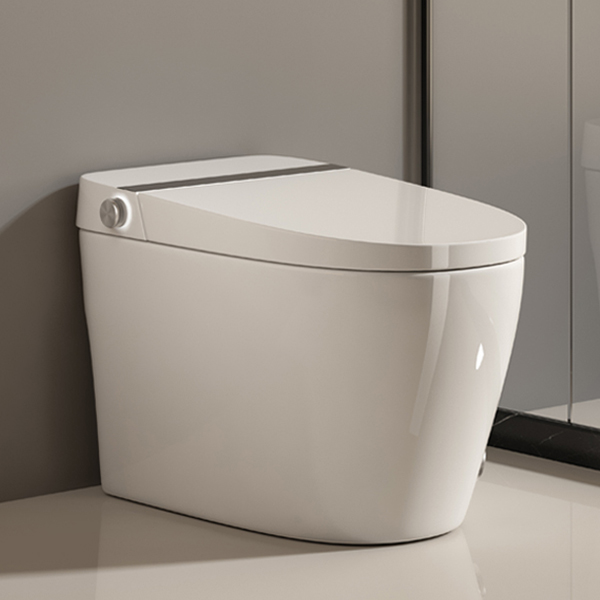
4. How to Use a Tankless Toilet
If you’ve never used one before, don’t worry — it’s easier than you think.
Step 1: Sit Normally
You use it just like any regular toilet.
The difference comes after you’re done.
Step 2: Choose the Flush Option
Tankless toilets may include:
- A manual button on the wall or side panel.
- A foot sensor, as in the CL-616 Smart Toilet.
- Or a motion detector that automatically flushes when you stand.
You can usually select between a full flush (solid waste) or light flush (liquid waste).
Step 3: Use the Bidet Function (if available)
If your toilet includes a bidet, it will have a side control or remote.
Adjust:
- Water pressure
- Water temperature
- Nozzle position
Bidet systems are designed to improve hygiene and reduce paper use.
According to Healthline, bidets are not only more eco-friendly but can also reduce irritation compared to toilet paper.
Step 4: Dry and Finish
Many high-end models include a warm air dryer.
Otherwise, you can use a small amount of paper — much less than with a traditional toilet.
5. Maintenance and Cleaning Tips
Tankless toilets are easy to maintain, but a few habits help keep them spotless and running smoothly.
Everyday Cleaning Routine
- Flush regularly, even if not frequently used, to prevent buildup.
- Light brushing daily: gently scrub the bowl to prevent stains.
- Quick wipe: Use a disinfecting wipe or soft cloth for the seat and edges.
- Weekly deep cleaning: use a mild toilet cleaner or vinegar solution to disinfect.
Additional Care
- Avoid abrasive cleaners — they can damage the glaze.
- Clean spray nozzles (for bidet models) once a week.
- For models with air filters or deodorization units, follow the manufacturer’s instructions for replacement.
6. Installation and Compatibility
Installing a tankless toilet isn’t much harder than a standard toilet, but it requires proper water pressure.
Key installation points:
- Minimum recommended pressure: 0.08–0.75 MPa (12–108 psi)
- If water pressure is low, install a booster pump.
- Electrical models may require a GFCI outlet nearby.
- Wall-mounted models must be anchored securely with metal framing.
If electricity isn’t available, you can consider semi-smart models, such as the Affordable Semi Smart Toilet Bidet (vleeosmarttoilet.com), which runs without power but still offers hygiene functions.
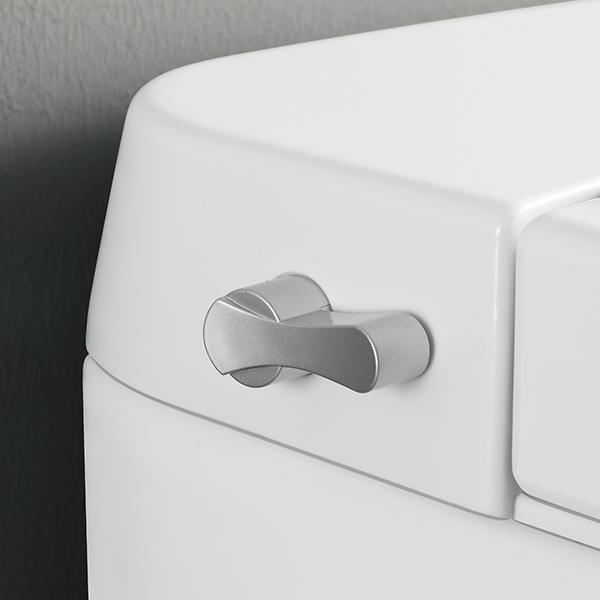
7. Safety and Power Efficiency
Tankless toilets are safe to use — even in wet environments.
Electrical units are waterproofed and designed for bathroom standards.
For additional safety:
- Always plug into grounded outlets.
- Keep cords away from water sources.
- Use surge protectors during voltage fluctuations.
Power consumption is minimal — most smart tankless toilets consume less than 1 kWh per day, even with heating and drying features.
8. Common Questions (FAQ)
Q1: Do tankless toilets work in low-pressure areas?
Yes, but they may need a built-in or external booster pump. Hybrid models combine water pressure and electric assist to maintain flush power.
Q2: Do they require electricity?
Not always. Fully electric models include heating and bidet functions, but semi-smart or mechanical models can operate solely on water pressure.
Q3: Are they more expensive than standard toilets?
Upfront costs are higher, but long-term savings from lower water use and reduced maintenance make up for it.
Q4: How reliable are they for commercial projects?
Very. Many airports, hotels, and offices have already transitioned to tankless systems because they withstand frequent use without downtime.
Q5: Are tankless toilets noisy?
No. Modern models are designed with noise-dampening systems to keep flushing quiet and discreet.
9. Where Tankless Toilets Are Commonly Used
Tankless toilets are gaining popularity worldwide, especially in North and South America, for both residential and commercial properties.
You’ll often find them in:
- Hotels and resorts – offering a clean, luxurious experience
- Airports and malls – high-traffic areas with continuous use
- Hospitals and clinics – touchless hygiene reduces contamination
- Modern homes – where design and efficiency matter
Architects and developers prefer tankless toilets for sustainability certifications, such as LEED and WaterSense.
For reference, learn more about the U.S. EPA’s WaterSense program at epa.gov/watersense.
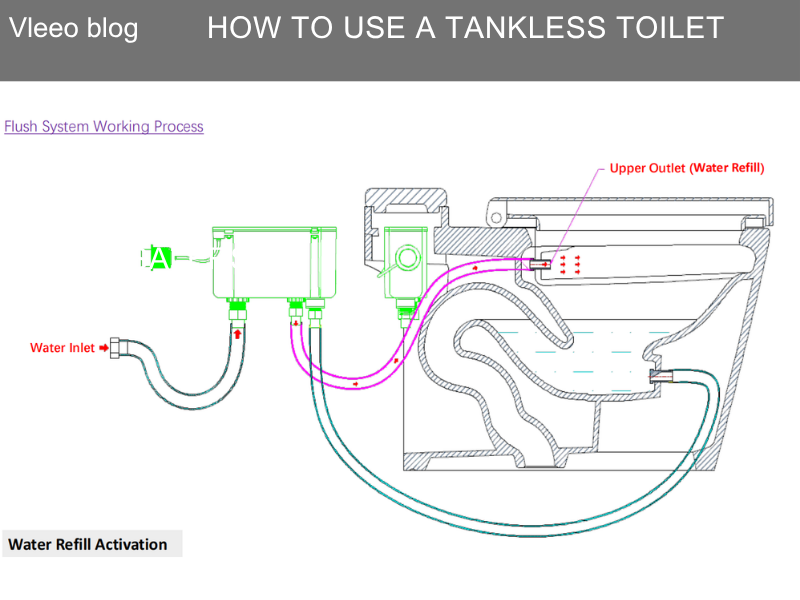
10. Tankless Toilets vs. Traditional Toilets
| Feature | Tankless Toilet | Traditional Toilet |
| Water Source | Direct pipeline | Water tank |
| Flush Power | Pressurized / Electric | Gravity |
| Water Use | 0.8–1.2 gallons | 1.6+ gallons |
| Wait Time | None | 30–60 seconds |
| Appearance | Modern & compact | Bulky |
| Maintenance | Low | Moderate |
| Smart Features | Available | Rare |
11. Environmental and Cost Benefits
Switching to tankless toilets isn’t just stylish — it’s a sustainable business decision.
They help:
- Reduce overall water consumption
- Lower operational costs in large facilities
- Support ESG and LEED goals
According to a report by Custom Market Insights, the global smart toilet market is projected to exceed $12 billion by 2032, with strong growth in North America and Europe.
12. The Future of Tankless Smart Toilets
Tankless technology is evolving fast.
Next-generation systems integrate with smart home networks, allowing users to control flush strength, seat temperature, and even self-cleaning cycles via an app.
Manufacturers like Vleeo (vleeosmarttoilet.com) are pioneering models that combine energy efficiency, eco-flushing, and AI-driven maintenance alerts.
In the near future, smart toilets may even help track user health — as seen in research by Stanford Medicine (med.stanford.edu/news/all-news/2020/04/smart-toilet-monitors-for-signs-of-disease.html).
13. Final Thoughts
A tankless toilet isn’t just a trend — it’s the next standard in bathroom design.
It’s cleaner, faster, more efficient, and built for the modern world.
For developers, wholesalers, or importers, investing in tankless systems means:
- Better sustainability scores
- Long-term cost reduction
- Higher user satisfaction
If you’re ready to take your bathroom projects into the future, start with dependable solutions like:
They offer comfort, hygiene, and efficiency — all in one compact design.

